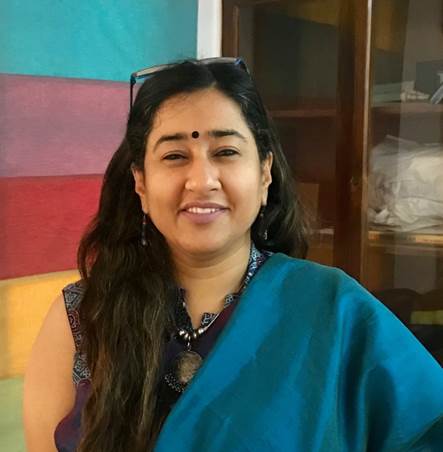Rewind a few years, and we all possibly had our go-to stores for shoes, makeup, furniture, and so on. Cut to 2019, and this still holds true. The only difference? These stores aren’t brick-and-mortar ones anymore, they’re all online. You have that one makeup website you swear by because they store the obscure Korean face masks you love. Your favorite handbag can only be found on a specific website specialising in leather accessories.
Sounds familiar? It’s a situation born from recent rise of numerous vertical e-commerce brands. These are websites that focus on selling one particular product (and that product only), unlike certain e-commerce giants that sell everything from eyeshadow palettes to cutlery! While these vertical platforms have seen immense growth in the last few years, they face a double-threat — both from horizontal platforms as well as other vertical platforms that specialise in the same product. So how do these one-product wonders stand out in this hyper-competitive industry?
Well, according to me, all it takes is three simple things
The first — content. Here’s where vertical brands have an edge. After all, a website selling millions of products — literally millions — across categories, can’t possibly create a compelling story around each. Creating content around one focused category is obviously that much easier. Take for example, one of India’s leading online beauty brand. It burst on the scene a couple of years ago and today is the undisputed leader in the segment. And this is in no small part thanks to its content marketing strategy that’s built around education and careful curation. Its Editor’s Choice widgets, IT Lists, Buying Guides, Stores Product reviews foster a sense of trust in the consumer and positions the brand as a leader in the space. The crown jewel of the brand’s content strategy? Its in-house digital magazine that focuses on ‘expert advice, trends and tutorials through articles, web series, FB Lives, collaborations and YouTube Masterclasses with makeup experts. Not focusing on hard-selling products means the brand has garnered immense loyalty from its TG.
Now comes the aspect of community. One of India’s biggest online lingerie stores has done a great job of fostering a sense of trust and belonging among its TG. Using a particular hashtag, women are encouraged to post reviews and experiences of products purchased from the website This simple act of encouraging conversation has allowed the brand to create 100+ micro influencers who are now staunch brand advocates. If that isn’t the power of community, I don’t know what is!
Third comes the right mix of an online and offline presence. The senses of touch and smell allow consumers to experience the product before purchase — an opportunity denied while shopping online. That’s why, online retailers are now expanding their presence to physical stores at select locations. A contemporary online furniture brand recently set up stores in certain Indian cities, where people can go see, feel, and try the furniture before making a purchase online. No doubt, an experience like these definitely helps consumers feel more confident about a purchase, and thereby build confidence in the online brand! Of course, every brand has a different journey, and there’s no sure-shot formula behind success in the e-com world. But I can say one thing — great content, fresh ideas, and quick thinking never go out of style! Any other pointers you have in mind? I’d love to hear them.



Be the first to comment on "Here’s how vertical e-commerce brands can reach even higher"